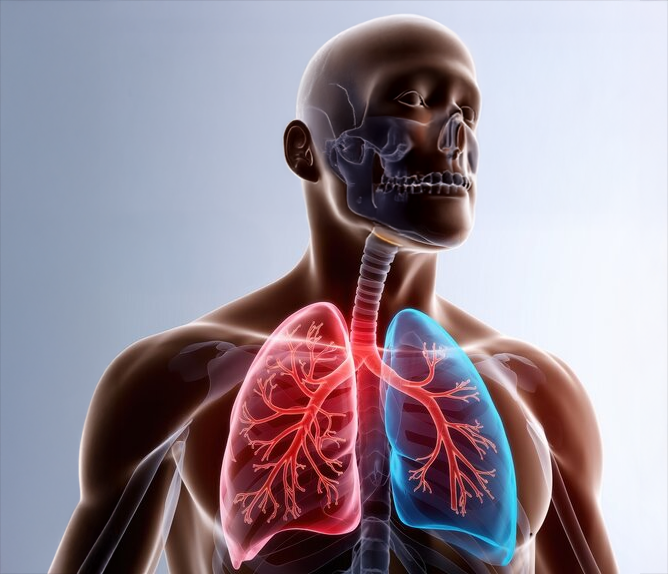Get 50% off your partner's consultation fee when you purchase a consultation.
As Seen In
Driving growth through partnerships
How The CareMD Works For You?
The CareMD is a telehealth platform that allows patients to consult with competent doctors from the convenience of their homes. The CareMD makes it easier to receive or refill prescription medications for common conditions like pink eye, STDs, ear infections, allergies, and many more.
No Appointment Necessary
If you need a prescription, there’s no need to wait. Just follow these simple steps to get treated today.
You've been exposed to multiple STDs and Not sure which STD to get treated for?
Don't worry, our board certified practitioners can prescribe a combination treatment option to treat the infection for multiple STDs. Simply click the link to select a combination treatment. This treatment will cost only $59.99.
What is Chlamydia?
Chlamydia is a common sexually transmitted infection (STI) that affects both men and women. It is caused by the bacteria Chlamydia trachomatis. Chlamydia usually affects the sexual organs, but can also occur in the anus, mouth, and even eyes. Chlamydia is easily treatable when caught early. If left untreated, it may lead serious health problems such as Pelvic Inflammatory Disease (PID) and ectopic pregnancy in women.
Transmission
Chlamydia is a sexually transmitted disease. It can be transmitted during vaginal, anal, and oral sex.
Prevention
The use of condoms and other protective measures may reduce the chance of infection but does not eliminate it completely.


What is Gonorrhea?
Gonorrhea infections, caused by the bacterium Neisseria gonorrhoeae, can be usually be cured with medication, however cases of antibiotic drug resistance are being seen ("Super Gonorrhea"). It infects both men and women. Gonorrheal infection affects the genitals, rectum, and even throat. It is very common especially among young people within the age of 15-24 years.
Transmission
Gonorrhea is a sexually transmitted disease. It can be transmitted during vaginal, anal, and oral sex.
Prevention
The use of condoms and other protective measures may reduce the chance of infection but does not eliminate it completely.
What is Trichomoniasis?
Trichomoniasis, “Trich”, is a very common STD caused by the protozoan parasite, Trichomonas vaginalis. Coinfection with other STDs and bacterial vaginosis is very common. Most people who have the parasite cannot tell they are infected.
Transmission
Trichomoniasis is contracted by having penile-vaginal sex with someone who has the disease.
Prevention
The best way to prevent trichomoniasis is through consistent and correct use of condoms during all penile-vaginal sexual encounters.


Symptoms
- Abnormal discharge or bleeding
- Burning sensation when urinating
- Pain (and/or bleeding) during sex
- Lower abdominal pain (pelvic pain)
- Painful swelling of the testicles (epididymitis)
- White, yellow, or green discharge
- Painful and/or swollen testicles
- Painful or burning sensation while urinating
- Increased vaginal discharge that may have foul odor
- Bleeding
- Painful bowel movements
- Abnormal Discharge from the privates
- Itching or irritation
- Burning after urination or ejaculation
- Can range from not showing any symptoms to immediate onset of severe inflammatory disease.
- A change in vaginal discharge may be -purulent malodorous thin discharge (fishy smell), increased discharge, discharge can be clear, white, yellowish, or greenish
- Painful sex
- Redness or soreness of the genitals

Treatment
Azithromycin 1g by mouth in a single dose
OR
Doxycycline 100 mg by mouth twice daily for 7 to 14 days
Your doctor will prescribe oral antibiotics if you are diagnosed with chlamydia. The most frequent treatments are a single dosage of azithromycin or taking doxycycline twice daily for 7 to 14 days.
The infection should clear up in approximately a week with treatment. Do not have sex for at least 7 days after you've finished all of your antibiotics, and don't stop taking them just because you're feeling better.
To prevent reinfection and the transmission of the disease, your doctor will also advise that you and your partner(s) be treated.
Serious infections, such as pelvic inflammatory disease, may necessitate a prolonged antibiotic treatment or hospitalization.
Ready To Start Treatment
Begin consultation to chat with an online doctor.




























